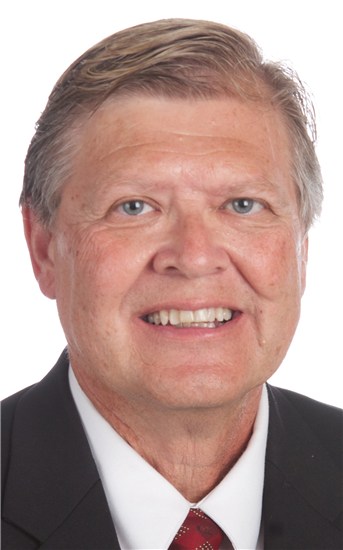By Peter G. Shaw-McMinn, OD
I constantly hear about ODs who are adopting a medical model in optometric practice as opposed to a vision model, as if that is the correct way to go. Actually, one should not choose one over the other, but rather integrate both models together. A main effect of medical conditions is the impact these conditions have on vision. There is so much we can do with lenses to compensate vision loss and prevent medical conditions.
I’m always amazed at how few ODs think about prescribing lenses and lens treatmentsas part of an ocular pathology treatment. We are experts on lenses (as opposed to OMDs), and there is so much we can do to reduce the effects of ocular disease on our vision by prescribing the proper lenses.
Let’s take a simple example: AR. Getting up to 12 percent more light to the eye can make a huge difference in cataract patients or anyone with problems in contrast sensitivity. All our cataract patients can benefit from this. In fact, just about every patient can benefit from the reduction in reflections from our lenses. Yet the US is only at 29 percent of lenses with AR, while Japan is at 100 percent, Korea is at 99 percent, and Canada is at 63 percent.
I can’t imagine any OD not putting AR on their patients’ lenses, yet there are patients who are suffering from reflections off front and back lens surfaces, and also off the cornea.
And now we have several lenses that block the blue wavelengths of light that contribute to AMD. There has been research published on this for years!
Many eye diseases contribute to irregular astigmatism by affecting the cornea, lens and retina. Fortunately, now we have lenses that can reduce the effect of HOA restoring some of the lost sight.
You can learn more at Vision Expo West about using ophthalmic lenses to address medical eyecare issues. I am giving a one-hour lecture at VEW on “Apply the Medical Model to Prescribe Spectacle Lenses for Ocular Pathology Conditions.” Hope to see you there!
Do you use both medical eyecare solutions, as well as vision solutions, to meet your patients’ needs? What lessons have you learned about integrating medical eyecare and vision care in your practice?
Peter G. Shaw-McMinn, OD, is an assistant professor of Clinical Studies at the Southern California College of Optometry. He is the senior partner of Sun City Vision Center, a group practice including five optometrists. Dr. Shaw-McMinn has served as chairman of the AOA Practice Management Committee and the Association of Practice Management Educators. He was the appointed Benedict professor in Practice Management for the University of Houston College of Optometry for 2001-2002. To contact: shawmc1@me.com.





















